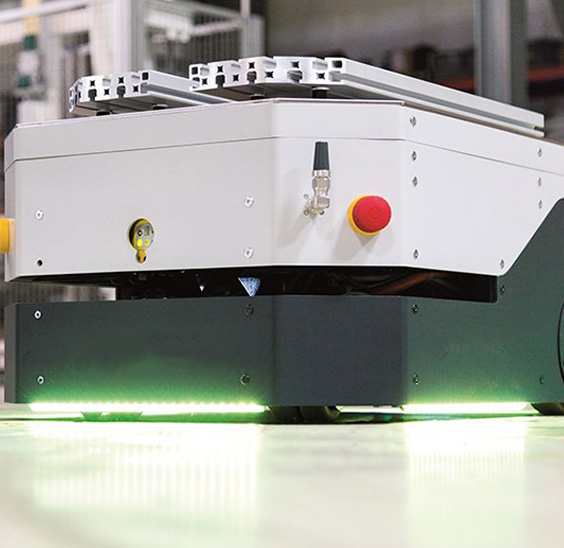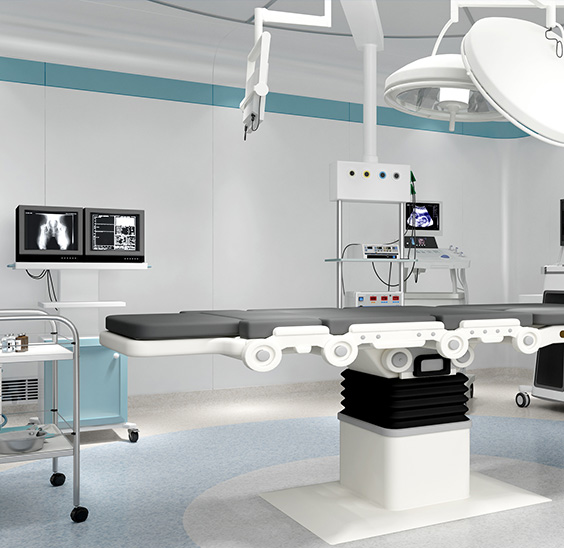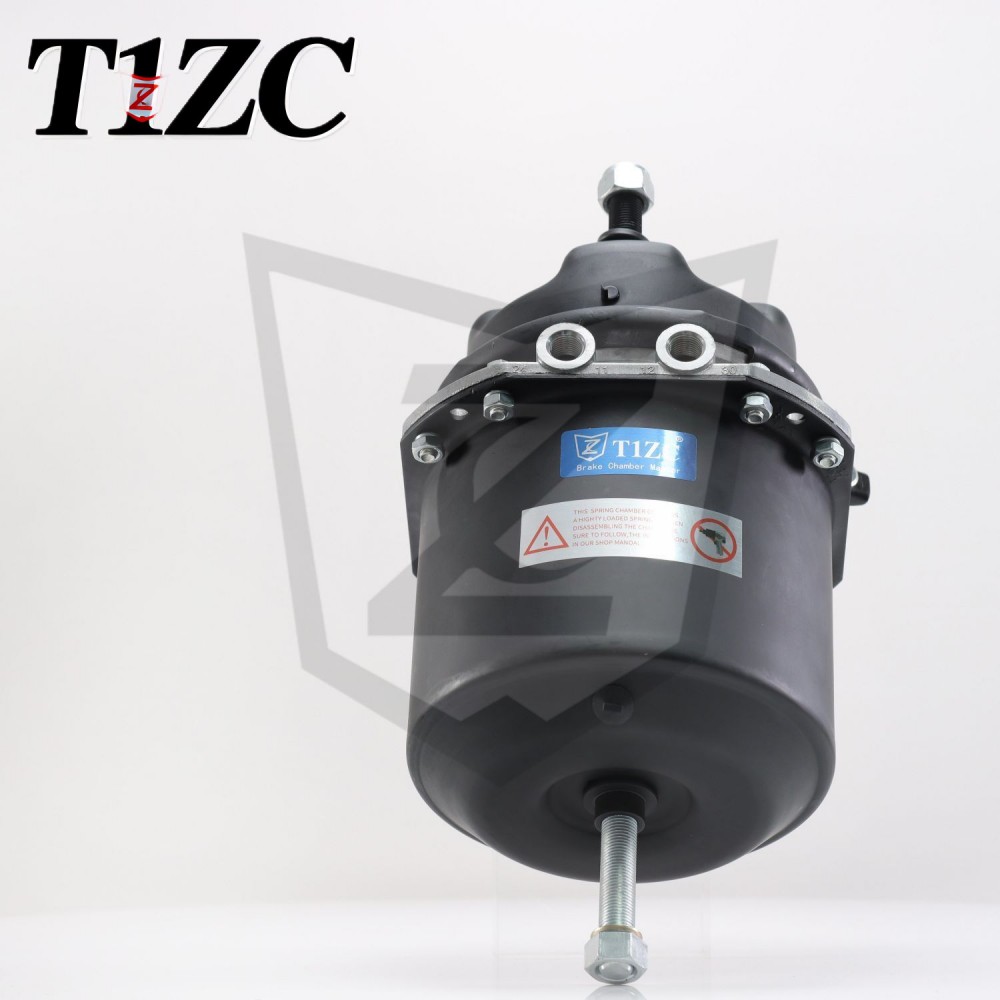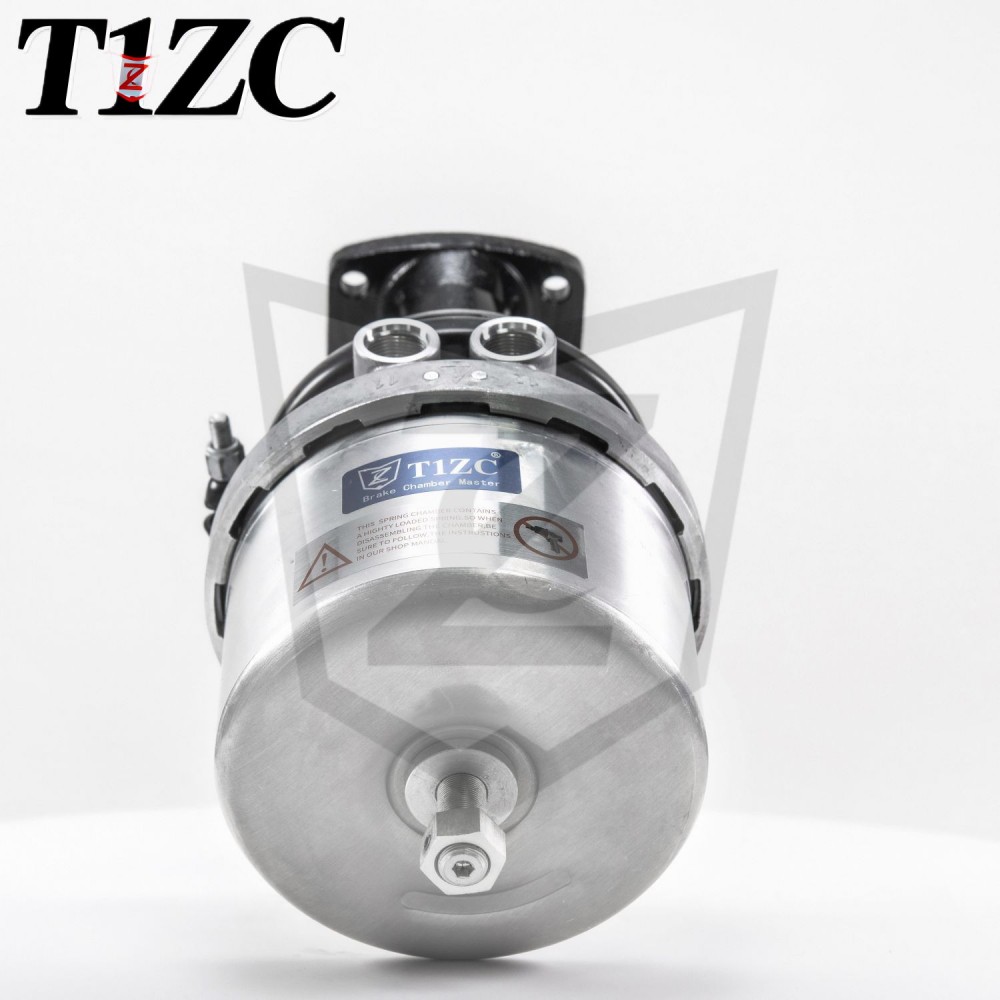What are the signs of a failing brake chamber diaphragm?
Maintaining peak braking performance is non-negotiable for commercial vehicle safety. A critical yet often overlooked component within the air brake system is the brake chamber diaphragm. This essential rubber disc acts as a seal, converting air pressure into the mechanical force that engages the brakes. When this diaphragm fails, it compromises the entire braking system. Recognizing the telltale signs early is crucial for preventing hazardous situations and costly downtime.
Here are the key indicators signaling a potential brake chamber diaphragm failure:
-
Slow Brake Release ("Brake Drag"):
- Sign: After applying and releasing the brakes, the wheels do not fully release promptly. You might notice the vehicle feels sluggish or hear a consistent rubbing sound from the wheels even after releasing the pedal.
- Cause: A tear or weakness in the diaphragm can allow air to leak behind it into the spring brake section (in spring brake chambers). This trapped air pressure fights against the powerful return spring, hindering the brake shoe's full retraction from the drum or pad from the rotor. This causes constant friction, overheating, accelerated wear, and reduced fuel efficiency.
-
Increased Brake Stroke:
- Sign: During a visual brake stroke check (a mandatory pre-trip inspection), the pushrod extends further than its specified maximum limit when the brakes are applied.
- Cause: While increased stroke can stem from various issues (like slack adjuster problems or worn linings), a leaking diaphragm is a primary suspect. If the diaphragm cannot hold pressure effectively, more air volume and a longer pushrod stroke are needed to generate the same braking force. Never ignore an excessive stroke measurement – it indicates a critical loss of braking efficiency.
-
Audible Air Leak at the Brake Chamber:
- Sign: A distinct hissing or blowing sound emanating directly from the brake chamber area when the service brakes are applied. The sound may lessen or stop when brakes are released.
- Cause: This is the most direct auditory clue. A tear, puncture, or deteriorating seal in the diaphragm allows compressed air to escape rapidly from the service chamber section when pressure is applied. A large rupture might even cause a loud "blowing" exhaust sound from the chamber's vent port. Locate and fix any audible air leaks immediately.
-
Reduced Braking Power / Vehicle Pulling:
- Sign: The vehicle requires significantly longer distances to stop, feels like it has "soft" brakes, or pulls noticeably to one side during braking.
- Cause: A significant leak caused by diaphragm failure drastically reduces the air pressure available to actuate that specific brake chamber. This results in diminished braking force on that wheel end. If only one chamber on an axle or side is failing, the uneven braking force causes the vehicle to pull towards the side with the functioning brake. This is extremely dangerous, especially during emergency maneuvers or on slippery surfaces.
Why Prompt Action is Imperative:
Ignoring these signs leads to a cascade of negative consequences:
- Severely Compromised Safety: Reduced stopping power and vehicle pulling directly increase the risk of collisions.
- Catastrophic Failure: A complete diaphragm rupture results in total loss of braking force at that wheel end. In a spring brake chamber, a major service diaphragm failure can unexpectedly engage the parking brakes while driving.
- Costly Secondary Damage: Dragging brakes generate intense heat, leading to glazed linings, cracked drums or rotors, bearing failures, and rapid tire wear.
- Violation of Regulations: Operating a commercial vehicle with defective brakes, including chamber leaks or excessive stroke, violates FMVSS 121 and DOT regulations, leading to citations and potential out-of-service orders.
The brake chamber diaphragm is a vital safety component. Familiarity with these key failure signs – slow release, increased stroke, audible leaks, and reduced braking power or pulling – empowers drivers and technicians to identify problems early. Any suspicion of diaphragm failure warrants immediate inspection by a qualified technician. Never delay addressing potential brake system issues. Proactive identification and replacement of failing diaphragms are fundamental practices for ensuring the reliability of your air brake system and the safety of everyone on the road. Prioritize brake inspections and heed these warning signs; they are your first line of defense against brake failure.


 EN
EN  English
English Português
Português










